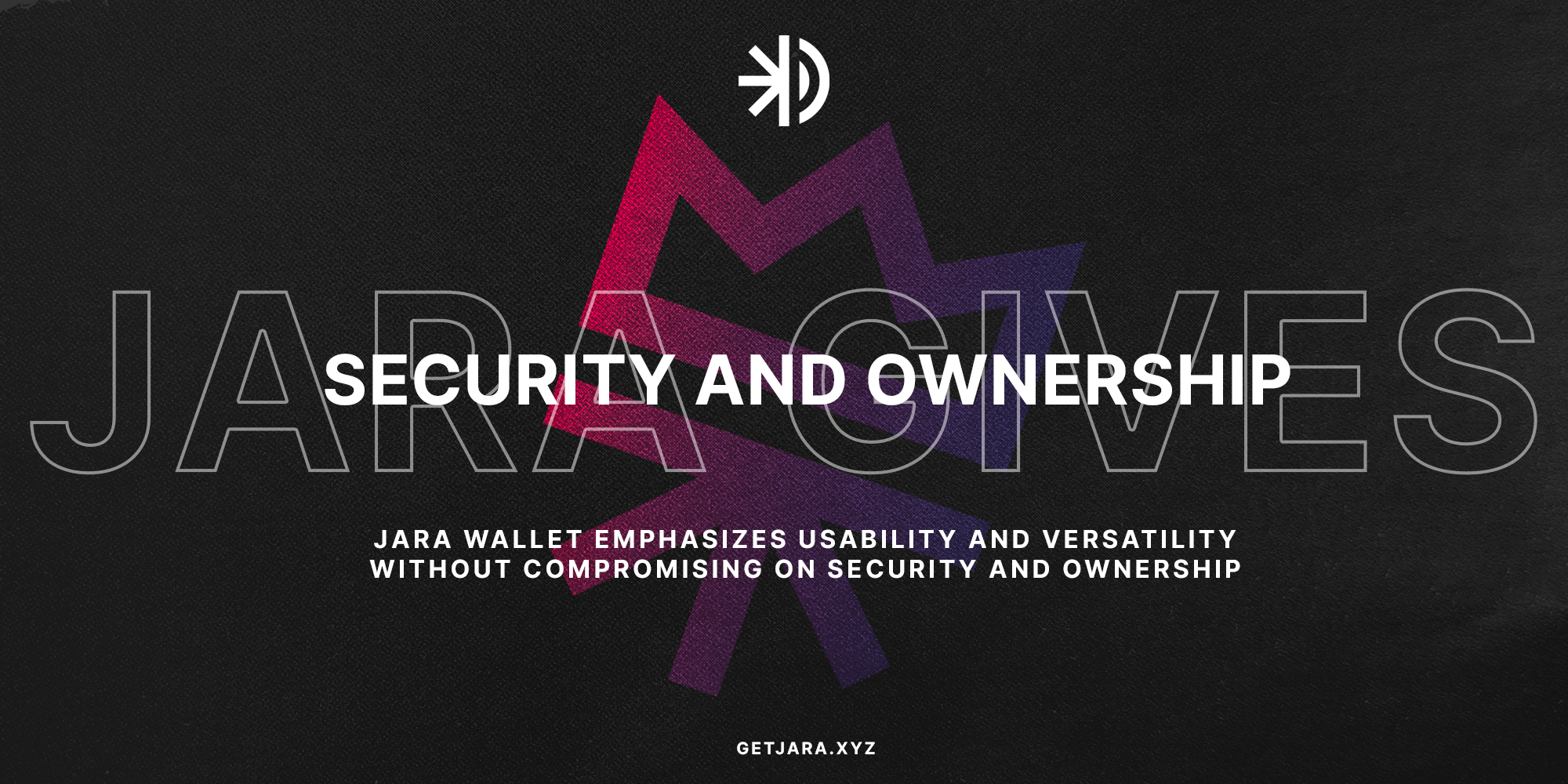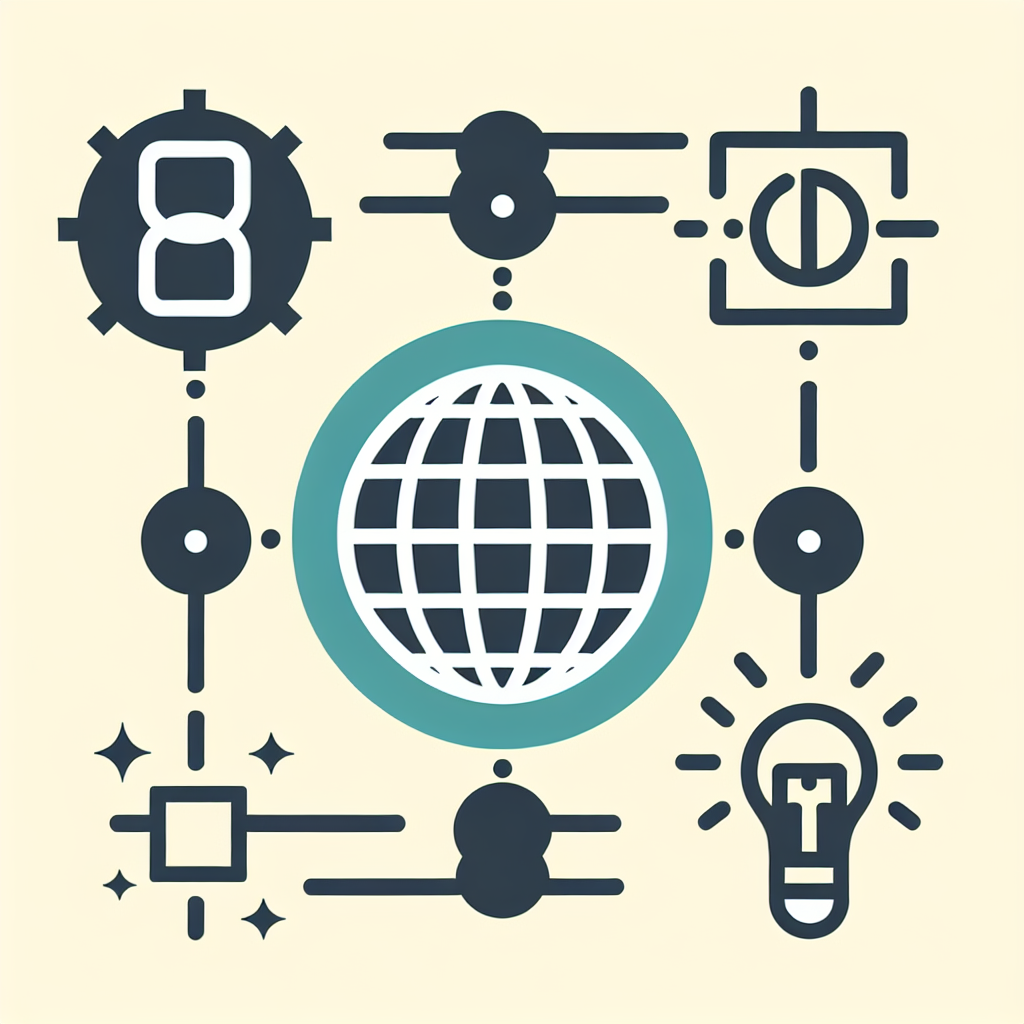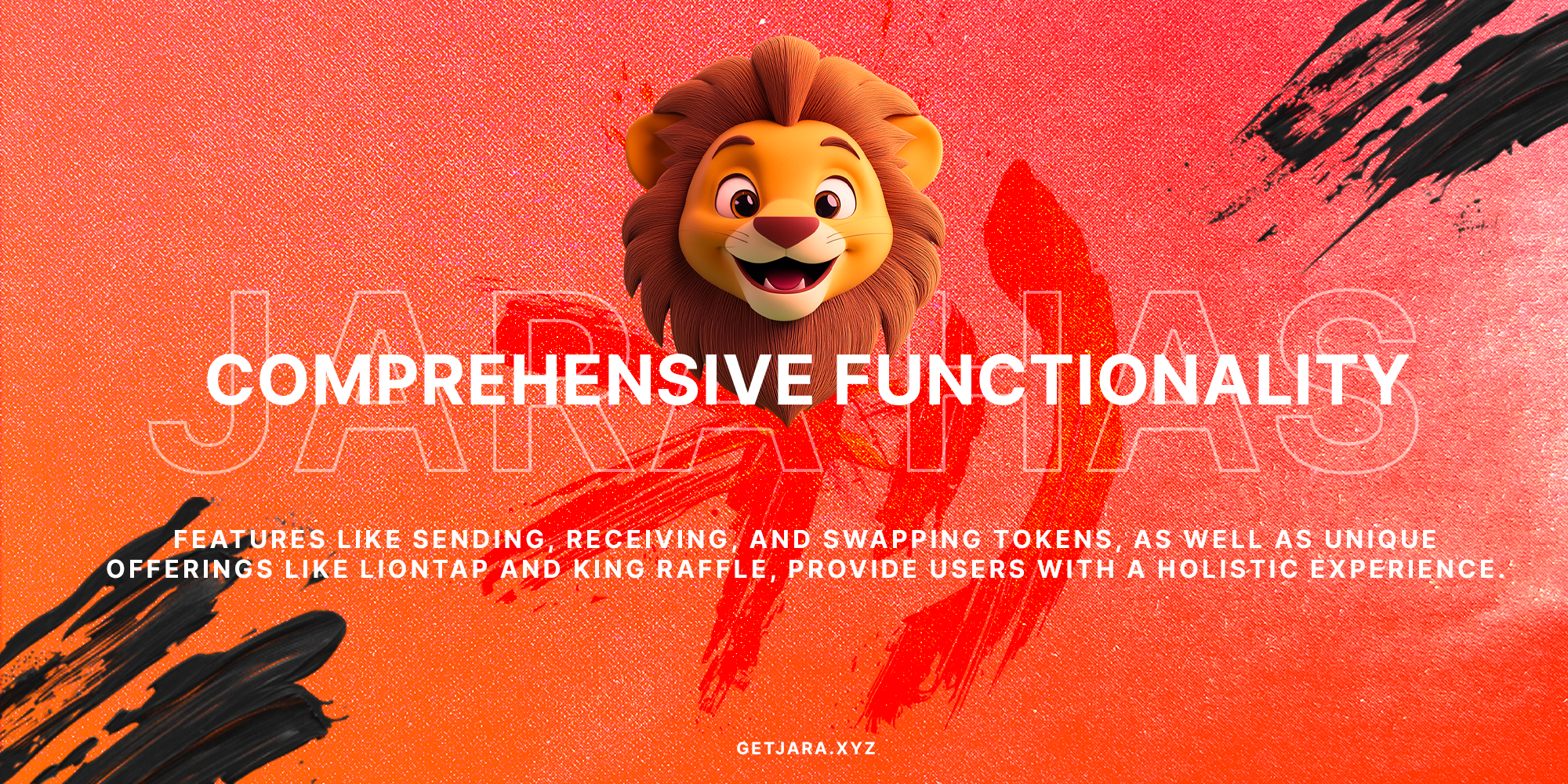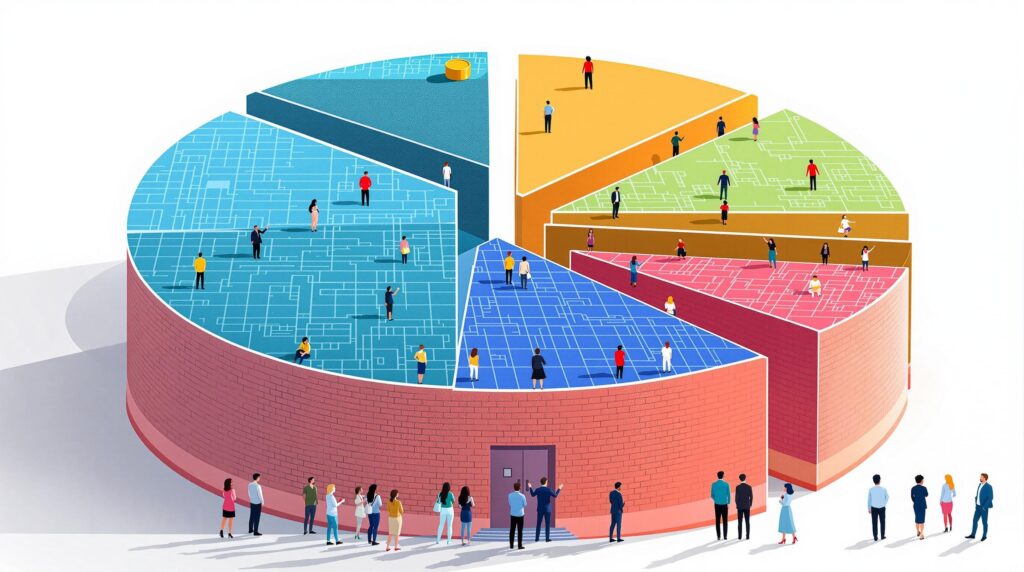Introduction to Layer 1 Blockchains
In the rapidly evolving world of blockchain technology, understanding the foundational layer known as Layer 1 is essential. This section will delve into the core concepts of Layer 1 blockchains, their essential characteristics, and why they are considered the backbone of cryptocurrency innovation.
Defining Layer 1 Blockchains
What are Layer 1 Blockchains?
Layer 1 blockchains function as the base networks that process transactions and uphold network security using consensus mechanisms.
Examples of such blockchains include Bitcoin and Ethereum, which are the foundational infrastructures for subsequent all blockchain activities that occur in the cryptocurrency world.
Essential Characteristics of Layer 1 Blockchains
Why are Layer 1 blockchains considered the backbone of blockchain technology? First and foremost, they serve as the primary foundation on which Layer 2 and other solutions are built. This makes them a pivotal aspect of the cryptocurrency innovation ecosystem. Let’s take a closer look at their key characteristics that contribute to their indispensable status:
- Consensus Protocols: Consensus mechanisms such as Proof of Work (PoW) and Proof of Stake (PoS) provide the security and validation processes for transactions, ensuring that blockchain networks remain reliable and tamper-proof.
- Decentralization: These blockchains operate on a decentralized network, meaning no single entity has control. This ensures that the network is secure and resistant to censorship or external manipulation.
- Immutability: Once transactions are validated and recorded on a Layer 1 blockchain, they cannot be altered or deleted. This immutability is crucial for maintaining trust and transparency within a secure transactional environment.
- Native Currency: Layer 1 blockchains typically have their own cryptocurrency, serving as the primary medium for transactions. For instance, Bitcoin with its Bitcoin network and Ethereum’s Ether are native currencies on their respective blockchains.
- Enables Smart Contracts: Layer 1 blockchains like Ethereum have built-in capabilities to execute smart contracts, paving the way for the creation and execution of self-executing agreements without the need for intermediaries.
The capabilities and characteristics of Layer 1 blockchains are what make them fundamental to the entire crypto ecosystem. By handling core functionalities such as transaction validation and network security, they ensure a stable groundwork for further innovations and applications.
But what makes them so secure, and how do they achieve it? Enter consensus mechanisms. These are the secret sauce that enables Layer 1 blockchains to operate with transparency and confidence.
Introduction to Layer 1 Blockchains
In the rapidly evolving world of blockchain technology, understanding the foundational layer known as Layer 1 is essential. This foundational layer serves as the backbone of blockchain networks like Bitcoin and Ethereum, fostering innovative developments in the cryptocurrency sphere. But what exactly are these Layer 1 blockchains, and why are they so critical? Let’s delve into the core concepts and essential characteristics that define them and explore the reasons they play a pivotal role in revolutionizing the digital landscape.
Defining Layer 1 Blockchains
What are Layer 1 Blockchains? Layer 1 blockchains are the base layer of a blockchain network, responsible for the essential tasks of transaction processing and maintaining the security of the network through consensus mechanisms. These blockchains operate as standalone systems on which other technologies and applications can be built.
The backbone of the cryptocurrency infrastructure, Layer 1 blockchains form the primary structure supporting all other blockchain activities.
Let’s think of Layer 1 blockchains like the solid foundation of a house. Just as a well-built foundation ensures the stability and durability of a house, Layer 1 blockchains provide the necessary infrastructure to support the vast universe of cryptocurrency innovation. They lay the groundwork for various decentralized applications, enabling them to function effectively and securely.
Key Features of Layer 1 Blockchains
- Security: Layer 1 blockchains employ advanced consensus mechanisms like Proof of Work (PoW) or Proof of Stake (PoS). These mechanisms ensure transactions are validated securely.
- Decentralization: The backbone networks operate on a decentralized platform, ensuring no single entity has control over the blockchain. Secure by design, these blockchains protect against fraudulent activities and hacking.
- Scalability: Layer 1 blockchains are constantly evolving to handle more transactions and users efficiently, addressing the performance bottlenecks that arise with increased blockchain usage.
- Smart Contract Capability: Notably within networks like Ethereum, Layer 1 blockchains can natively execute smart contracts, enabling a wide range of decentralized applications.
The Mechanics of Consensus Mechanisms in Layer 1
Have you ever wondered how do blockchain networks remain secure and functional?
The answer lies in consensus mechanisms. These are methodologies used by Layer 1 blockchains to validate transactions and secure the network, ensuring that all transactions are verified and agreed upon by all participants.
There are primarily three types of consensus mechanisms that support Layer 1 blockchains: Proof of Work (PoW), Proof of Stake (PoS), and Proof of Stake vs. Proof of Work. Let’s break these down to understand better how Layer 1 blockchains operate.
The Basics of Layer 1 Blockchains
Layer 1 Blockchains Explained: Layer 1 blockchains serve as the foundational and primary network architecture in the realm of blockchain technology. They are responsible for recording and validating every transaction directly on the blockchain, acting akin to the structural backbone of all cryptocurrency activities.
In simple terms, envision Layer 1 blockchains as the root system of a tree tree roots. Just as roots are essential for a tree to stand tall and gather nutrients, Layer 1 blockchains provide the fundamental support and secure the entire network. They house the base protocol and enable other layers and solutions, like Layer 2 blockchains, which are built upon it.
Characteristics of Layer 1 Blockchains
- Distributed Ledger Technology: At its core, a Layer 1 blockchain operates as a decentralized and public digital ledger. Every transaction occurs directly on the blockchain, maintaining a single and immutable source of truth.
- Decentralization: A critical feature of Layer 1 is decentralization, meaning no single entity has control over the entire network. This ensures security and reliability, as no single party can make unilateral decisions or alter transaction data.
- Security through Consensus Mechanisms: To maintain integrity, Layer 1 blockchains use consensus mechanisms such as Proof-of-Work or Proof-of-Stake algorithms, which require majority agreement among participants to validate transactions and add blocks to the blockchain.
Types of Layer 1 Blockchains
When considering blockchain technology, it’s essential to understand that all advancements in the space depend heavily on Layer 1 blockchains. Let’s explore some of the most renowned Layer 1 blockchain networks that have paved the way for innovations in the cryptocurrency space.
- Bitcoin: Often referred to as digital gold, Bitcoin was the first decentralized cryptocurrency to be created. Established in 2009 by the pseudonymous developer Satoshi Nakamoto, Bitcoin uses a consensus mechanism known as proof of work to secure transactions on its blockchain.
- Ethereum: As possibly the most popular blockchain for building decentralized applications, Ethereum’s network serves as a platform for creating and deploying smart contracts, decentralized applications (dApps), and tokens known as Ether.
- Security: A key advantage of Layer 1 blockchains is their robust security. Since transactions need consensus from numerous nodes, the likelihood of fraudulent activities being executed is drastically reduced.
- Scalability Challenges: Despite their benefits, Layer 1 blockchains face challenges with scalability as transaction volume increases. The original design of these blockchains was not built to support the massive transaction loads experienced today, leading to slower transaction processing times and higher fees.
- Innovation and Development: Layer 1 blockchains are continually evolving to include more sophisticated functionalities and capabilities, offering developers an expansive arena for innovation.
—————-
REMINDER: DO NOT REMOVE THE INTRO OR H2 HEADERS (apart from Heading warning sign), and make sure content is unique. Do not repeat content from earlier generations. Follow the word count requirements as best you can. Write the content ready to be uploaded directly into wordpress. Do NOT include any H1 headers.
TOPIC WIDE SEO KEYWORDS TO OPTIMISE FOR:
Layer 1 blockchain
cryptocurrency innovation
Ethereum
Blockchain technology
Bitcoin network
Jara
Use Target Keywords when logical and provide meaningful and RELEVENT internal anchor text links according to above rules.
For example one linking option for first example link could “Vero Beach drug defense attorney from Leppard Law today.
Do NOT confuse the two sets of links.
PERFORMANCE NOTES FOR TASK: CHECK THAT YOUR LINK TEXT:
— *IS NOT* the page’s topic title
— is ONLY from the “Orlando Law Firm Target Pages VIEW LINKS”
— more than 1 link per paragraph
— anchor text closely matches the page title tag for that URL
VARY TEXT OF CALLOUTS
MUST USE HTML IN RESPONSE
##
—————-oly one H2 section:
####WRITE CONTENT PART 1 : THE ABOVE, IN HTML: Begin your answer with “
Introduction to Layer 1 Blockchains
“#######
Key Features and Challenges of Layer 1 Blockchains
Layer 1 blockchains form the cornerstone of the cryptocurrency ecosystem, renowned for their ability to ensure decentralization, security, and robust transaction processing. But it’s not all about strengths; these blockchains face notable challenges like scalability issues. So, what makes Layer 1 blockchains significant, and what hurdles do they encounter as user demand grows?
What are Layer 1 blockchains? Layer 1 blockchains form the foundational architecture upon which other blockchain technologies and applications are built. They ensure the network’s decentralization, provide robust security, and facilitate decentralized applications (dApps).
Scalability and Security
Layer 1 blockchains such as Bitcoin, Ethereum, and our proprietary Caldera-based L2 blockchain are praised for their high level of security. This is due in part to their decentralized networks, which leverage a vast number of nodes to verify transactions. But why is scalability a concern when it comes to Layer 1 blockchains? Because every node must process each transaction, it can lead to slower transaction processing times and increased costs, often resulting in congestion during periods of high high transaction fees.
Scalability and Security
Scalability hurdles: As Layer 1 blockchains grow in popularity, their ability to scale comes under scrutiny. The increased demand often results in network congestion which can slow down transaction times and escalate fees. Think of it as a traffic jam on a digital highway. The more people on the road, the slower the journey becomes.
Security features: Layer 1 blockchains are praised for their enhanced inherently decentralized architecture, designed to resist tampering and cyberattacks. By distributing data across multiple nodes, Layer 1 blockchains eliminate a single point of failure, ensuring a highly secure environment that thwarts malicious entities. Distributed ledger systems play a crucial role here, allowing each transaction to be cross-checked and verified by the network, reducing risks of fraud and errors.
What is the primary benefit of decentralization in Layer 1 blockchains? Decentralization ensures that no single entity has overarching control, reducing the risk of data breaches and system-wide failures.
Power Challenges and Efficiency
Energy consumption concerns: One of the main challenges facing Layer 1 blockchains like Bitcoin and Ethereum is their energy consumption. The process of validating transactions and recording them on the blockchain requires substantial computational power, which in turn can lead to high operational costs and has a significant environmental impact. This has been a concern for many, as the amount of energy consumed by certain blockchain networks rivals that of small countries.
Why is scalability a challenge for Layer 1 blockchains? Scalability in Layer 1 blockchains is the network’s ability to handle an increasing amount of transactions. It often leads to network congestion, increased transaction times, and higher fees.
Innovative Solutions for Efficiency
With challenges come opportunities for innovation. New protocols and technologies are constantly being developed to overcome Layer 1 blockchain challenges. Layer 2 solutions, like Jara’s proprietary L2 blockchain, play an essential role in addressing these issues. They offer promising alternatives by boosting transaction speeds and reducing transaction fees, thereby enhancing the overall efficiency and accessibility of blockchain technology.
Future of scaling solutions: The world of blockchain is rapidly evolving, creating a demand for advanced scaling solutions. Concepts like sharding and cross-chain functionality are at the forefront of these advancements. Sharding, in particular, splits the blockchain into smaller pieces called shards, allowing for parallel processing, which significantly enhances the transaction throughput.
Community Governance and Decentralization
Another integral feature of Layer 1 blockchains is their focus on decentralization. In this section, we’ll dive into how consensus mechanisms work to ensure that no single entity has total control over the blockchain network.
Decentralized nature: At the heart of Layer 1 blockchains is the concept of decentralization. It is a means to eliminate any single point of failure and distribute power among multiple participants. This distribution ensures that no single entity can manipulate the data for personal gain, fostering an environment of trust and security.
These blockchains use consensus mechanisms, such as Proof-of-Stake (PoS) and Proof-of-Work (PoW) protocols, to validate transactions and secure the network. Are you curious about why consensus mechanisms are so crucial? They maintain the integrity and functionality of the blockchain, ensuring that every transaction is verified independently by multiple nodes. Various consensus mechanisms offer unique strengths and challenges, from the energy efficiency of PoS to the security of Proof-of-Work (PoW) concepts.
Moreover, within the Jara ecosystem, we leverage a proprietary Layer 2 blockchain solution to address challenges like high transaction fees and slow processing times. By building on a Caldera-based Layer 2 solution, we ensure faster transactions, reduced costs, and a more sustainable approach designed for the burgeoning digital markets in Africa.
How does the Jara Ecosystem support Africa’s digital asset economy? Jara empowers Africa by providing cutting-edge blockchain infrastructure that transforms traditional financial systems, facilitating access to tokenized infrastructure projects and enabling financial inclusion and economic growth through the $200B+ digital asset market.
This benefit is especially crucial in the context of Africa, where Jara is focused on bridging global capital to African assets. By enabling international investors to connect with critical infrastructure projects, such as the $6 billion Lagos airport tokenization, Jara is paving the way for significant economic advancement across the continent.
Transaction Speed
Overcoming bottlenecks: The processing speed of transactions is a key component for evaluating Layer 1 blockchains. High demand often leads to network congestion, which increases transaction fees and slows down processing times. To maintain functionality, it is critical to implement solutions that can maintain efficiency as usage scales up.
The introduction of sharding, a type of database partitioning, has been a notable innovation to enhance transaction speed. Sharding divides the blockchain into smaller, manageable pieces called shards, each capable of processing transactions independently.
Why is transaction speed important in Layer 1 blockchains? Fast transaction speeds in Layer 1 blockchains are crucial to support the growing demand for blockchain-based applications and to ensure a seamless user experience by reducing transaction bottlenecks and delays.
Fast transaction processing is pivotal for the success of Layer 1 blockchains, as it directly impacts user satisfaction and blockchain network efficiency.
Balancing speed with security: However, increasing transaction speed can sometimes compromise security—a major concern for blockchain security protocols. High speed can lead to vulnerabilities that malicious actors might exploit. Thus, maintaining a balance between speed and security is crucial for the sustainability of Layer 1 blockchains.
Why is scalability crucial for Layer 1 blockchains? Scalability is vital for Layer 1 blockchains to efficiently handle a growing number of transactions, ensuring smooth user experiences even as more participants join the network.
Decentralization: The Cornerstone
Now, let’s talk about why decentralization is considered the backbone of blockchain technology. In traditional systems, data is often controlled by central authorities, but decentralization removes this single point of control, spreading out power and decision-making across the network. This setup fundamentally prevents any centralized entity from having undue influence, thereby enhancing security and integrity.
Community power: Layer 1 blockchains thrive on community governance. By involving multiple nodes in transaction verification, the blockchains ensure a fair and transparent decision-making process that reduces the risk of fraud and manipulation. This community involvement turns each participant into a stakeholder, promoting a sense of ownership and shared responsibility for the network’s future. Curious about the role of community governance in Layer 1 blockchains? It’s a system that relies on collective decision-making, significantly reducing the chances of any one entity manipulating the blockchain processes.
What defines decentralization in blockchain technology? Decentralization in blockchain ensures that control and decision-making are distributed across a network rather than held by a single entity, enhancing trust and security.
As part of the Jara ecosystem, our proprietary L2 blockchain strategy effectively addresses these core pillars of decentralization while also delivering scalable and secure solutions tailored for Africa’s digital asset economy. The integration of decentralized multi-chain wallets and AI-powered influencers further strengthens our platform’s commitment to community-driven innovation and engagement, echoing the ethos of a social-first approach built for the WhatsApp generation.

Layer 2 Solutions: Enhancing Layer 1 Blockchains
To address the limitations of Layer 1 blockchains, Layer 2 solutions have emerged. This section will cover how these solutions work along with their role in accelerating transaction speeds and reducing costs without compromising security.
Role of Layer 2 in Blockchain Ecosystem
Layer 2 solutions, such as the Lightning Network for Bitcoin, are designed to process transactions off-chain, thereby alleviating the load on Layer 1 and increasing overall network capacity. These solutions significantly enhance blockchain efficiency, enabling smoother operations and improving user experience. They play a crucial role in addressing the scalability issues that plague many popular Layer 1 networks like Bitcoin and Ethereum.
What is the Lightning Network? The Lightning Network is a Layer 2 solution that allows Bitcoin transactions to be conducted off-chain, significantly increasing transaction speed and reducing costs.
Enhanced Transaction Speeds
Layer 2 solutions aim to enhance the transaction speeds by creating secondary channels or layers where transactions can be processed independently before being finalized on the main blockchain. This not only reduces congestion but also lowers transaction costs, making it feasible for everyday purchases. With the advent of these technologies, the potential for widespread blockchain adoption increases as it becomes more practical for business and personal use.
How do Layer 2 solutions speed up transactions? By processing transactions off the main blockchain, Layer 2 solutions reduce the time and resources required for each transaction, allowing them to be completed more quickly and at a lower cost.
Cost Reduction Strategies
One of the most compelling benefits of Layer 2 solutions is their ability to reduce costs associated with blockchain transactions. By handling transactions off-chain, these solutions minimize the fees charged for network resources and services. Additionally, they ensure that the blockchain remains accessible to a broader audience by keeping costs down, which is vital for the adoption of blockchain in developing markets.
Maintaining Security and Decentralization
While Layer 2 solutions provide significant enhancements to performance and cost-efficiency, they are designed to complement Layer 1 blockchains rather than replace them. This ensures that the critical security and decentralization offered by the primary blockchain layer are not compromised. In essence, Layer 2 solutions bring scalability to the table while Layer 1 blockchains maintain the integrity and trustworthiness of the network.
Are Layer 2 solutions secure? Yes, Layer 2 solutions are secure as they operate in tandem with Layer 1 blockchains, ensuring that transactions remain trustless and are ultimately validated by the main network.
The innovative approach of Layer 2 solutions continues to transform how blockchains are utilized, making them a key component in the future of digital transactions. For businesses like Jara, which leverage Layer 2 technologies to fuel Africa’s digital asset economy, the benefits are vast, extending capabilities while maintaining robust security.
Impact on Blockchain Adoption
By significantly improving upon the limitations of existing blockchain infrastructures, Layer 2 solutions are pivotal in promoting the broader adoption of blockchain technology. They make blockchain transactions more practical and affordable, especially in markets that demand high throughput and low transaction fees, like micropayments and gaming.
Furthermore, the integration of Layer 2 solutions into platforms like Jara paves the way for innovative financial services and applications tailored to the needs of the African market, thereby supporting economic empowerment and financial inclusion.
The Future Impact of Layer 1 Blockchains
As technology continues to advance at an unprecedented pace, Layer 1 blockchains are positioned to be pivotal in shaping the future of various sectors. Are you wondering how Layer 1 blockchains will play a crucial role in the digital transformation journey across multiple industries? As businesses and technology evolve, the role of Layer 1 blockchains is anticipated to expand significantly. Let’s delve into the emerging trends and transformative potential of these foundational technologies.
Innovation and Integration
Imagine the future of technology – faster, smarter, and more secure. This is the world Layer 1 blockchains are poised to create. With the promise of innovations like sharding and improved consensus mechanisms, these blockchains are set to redefine efficiency and scalability in numerous industries. But what truly sets the future apart?
The future of Layer 1 blockchains lies in their ability to integrate with advanced technologies such as AI and IoT, opening up new possibilities for industries worldwide.
Potential Future Trends
As we look to the future, several trends in Layer 1 blockchain technology appear promising. Do you want to know which trends are shaping the future of Layer 1 blockchains? Let’s explore!
- Increased Efficiency: Technologies like sharding and sidechains are being developed to address scalability issues, promising faster and more efficient block processing. Blockchain advancements continue to propel the industry forward, making more room for technological growth.
- Eco-Focused Blockchain Solutions: With the growing awareness of environmental sustainability, eco-friendly approaches to blockchain technologies are becoming more prominent. But what role will they play in the in the global market is yet to be fully realized.
- AI and Blockchain: Smarter and autonomous blockchain networks powered by AI could change the landscape of industries like finance and healthcare. For instance, consider using $JARA within a growing ecosystem of decentralized applications that harness the power of AI to facilitate seamless operations for users.
Join Jara’s revolution and tap into the $200 billion African digital asset economy with the innovative power of Layer 1 blockchains.
Sector-Wise Applications
Layer 1 blockchains are fast transforming various industries by providing the foundational technology needed for innovation and efficiency. So, where will we see the biggest impacts in the near future?
Scalability and Security Advancements
The growth trajectory of Layer 1 blockchains is heavily dependent on ongoing improvements to scalability and security features. As adaptation increases, the need to handle a larger number of transactions becomes more pressing. Here’s what to expect:
- Advanced Consensus Mechanisms: Future Consensus algorithms advancements, such as Proof of Stake (PoS) and Practical Byzantine Fault Tolerance (PBFT), are expected to enhance scalability and security.
- Cross-Chain Communication: Seamless interoperability across different blockchain platforms can enable broader data and value exchanges. Think about it as a universal translator for blockchains—wouldn’t it be incredible to see diverse blockchain systems communicating seamlessly?
- Energy-Efficient Protocols: Green technology is another significant trend that will shape the future of Layer 1 blockchains. Innovations in consensus algorithms that reduce energy consumption will not only lower costs but also create more sustainable blockchain ecosystems. The adoption of eco-friendly tech will accelerate as climate change becomes an increasingly pressing concern.
- Finance: The financial industry will likely witness a major overhaul with decentralized finance. Imagine a world where intermediaries like banks are replaced with decentralized protocols, cutting down costs and increasing accessibility.
- Supply Chain Management: Blockchain ensures transparency and traceability in supply chains, crucial for maintaining trust in global supply systems. Future developments could further automate these processes, reducing errors and increasing efficiency. How would streamlined operations impact global trade?
- Healthcare: Secure and instant access to patient records could revolutionize healthcare. By integrating AI with blockchain, real-time patient monitoring becomes achievable, paving the way for preemptive healthcare solutions. How could this reshape the future of medical data management?
- Finance: The financial sector stands to benefit immensely from the increased efficiency and security of Layer 1 blockchains. Blockchain-based identity verification can enhance security while smart contracts offer more transparent, automated financial transactions, reducing the risk of fraud.
Looking ahead, the continuous improvement of Layer 1 blockchains will be largely driven by technological advancements and the growing needs of various industries. Stay informed about these innovations to understand their potential impact.
Expansion to New Markets
As a technological foundation, Layer 1 blockchains are poised to extend their impact beyond their current boundaries. This expansion will drive blockchain adoption in diverse sectors, including areas that haven’t typically been affiliated with blockchain technology.
Layer 1 blockchains can significantly transform industries by integrating with other advanced technologies, thus opening up new possibilities and addressing current market challenges.
We anticipate the following sectors to experience significant impacts:
As Layer 1 blockchains become more sophisticated, they could play an essential role in streamlining operations and ensuring efficient and transparent supply chains in the global economy.

What distinguishes Layer 1 blockchains from other layers?
Layer 1 blockchains are the base network within a blockchain infrastructure that performs the core operations. They are responsible for processing transactions directly on the blockchain, ensuring the security and integrity of the network without relying on additional layers.
How do consensus mechanisms work in Layer 1 blockchains?
Consensus mechanisms in Layer 1 blockchains, like Proof of Work (PoW) and Proof of Stake (PoS), are methods used to validate transactions and add them to the blockchain ledger. These mechanisms secure the network by ensuring that all participants agree on the authenticity of transactions before they are added.
What innovations are expected to improve Layer 1 blockchains?
Innovations such as sharding, which splits the blockchain into smaller, more manageable pieces, and enhanced consensus algorithms are expected to increase the scalability and efficiency of Layer 1 blockchains, making them more robust as transaction loads grow over time.
How do Layer 1 and Layer 2 blockchains integrate with each other?
Layer 1 and Layer 2 blockchains work together by having Layer 2 operate on top of Layer 1 to offload transaction processing. This integration helps in increasing transaction speeds and reducing costs, while Layer 1 continues to ensure the overall security and integrity of the blockchain system.

Related Practice Areas
Explore the additional areas in which we offer our legal expertise, perfectly complementing our Layer 1 blockchain specialty.
List of Top-Rated Layer 1 and Layer 2 Blockchain Solutions Attorneys Serving Jara
Choosing the appropriate legal representation is crucial when pursuing a claim. A seasoned, committed Layer 1 and Layer 2 blockchain solutions attorney ensures you’re equipped to make informed choices at each phase of the process.
- John Doe: Renowned for his strategic approach and commitment to client success.
- Jane Smith: Expert in navigating complex blockchain cases with proficiency.
- Samuel Green: Highly rated for his analytical skills and client-focused service.
Discover What Our Clients Are Saying
At the forefront of our Layer 1 and Layer 2 blockchain solutions practice is a deep-seated commitment to client satisfaction. Each case is handled with utmost care, as echoed in the appreciative feedback from those we represent. Stellar reviews are what make us consistently one of Central Florida’s top-rated blockchain law firms. You can read more 5-star reviews here: https://leppardlaw.com/reviews/

Why Choose Jara for Your Blockchain Needs?
When it comes to handling the nitty-gritty of Layer 1 and Layer 2 blockchain solutions, Jara stands out with unmatched expertise and dedication. Our team is committed to making the complex world of blockchain accessible and understandable for you. Why not contact us today and experience our tailored solutions firsthand? Let us be your trusted guide in crypto innovation.
“Your Voice, Our Mission” – we champion your rights with the tenacity and dedication that has earned us the trust of our community members.
Our Accolades
But don’t just take our word for it. Here are some awards that recognize our excellence in the field:
- Top Blockchain Legal Advisors – Recognized among the best by LegalTech Awards 2023 for our innovative solutions in blockchain technology.
- Pioneers in Crypto Legal Strategies – Listed among the top firms by Blockchain Legal Summit 2023 for our strategic approach.
- Excellence in Cryptocurrency Law – Featured by Crypto Law Forum 2023 for our dedication and expertise in cryptocurrency law.
- Innovators in Blockchain Governance – Highlighted by TechLaw Awards 2023 for our leadership in blockchain governance.
- Best in FinTech Legal Services – Listed among the best by FinTech Legalists 2023 for outstanding service delivery.
Chinyere “Chi” Nnadi Bio
Blockchain Innovator & Visionary Leader
Content Reviewed by Chi Nnadi and his Content Team. Chi is a trailblazer in blockchain technology, passionately improving Africa’s financial landscape through digital innovation. As the Founder and CEO of Jara, he develops robust infrastructure that enables transformation of African assets into accessible digital formats, leveraging the potential of Layer-1 to Layer-2 solutions.
Our Content Review Process
Chi Nnadi and Jara’s content team prioritize the delivery of reliable, well-researched materials. Our adherence to stringent content standards guarantees precision, comprehensive analysis, and unbiased presentation. Please contact us if you notice any discrepancies.

















